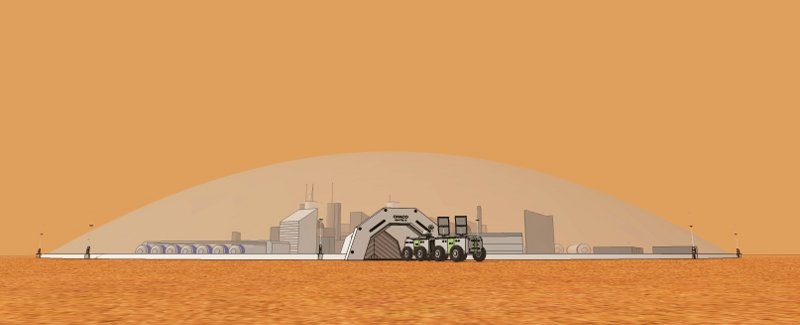If they end the FED then what do we do?
What does a post FED world look like.
The key to an alternative is two conditions. 1. Open entry, anyone can make money but no one is obligated to accept it. and 2. Enforcement of contracts, no one can make false claims about or fraudulent valuations of their money. I might add a third: Public and media based testing and checking of these money's and contracts.
Assuming other central banks are also eliminated in the process.
1. Gold and silver currencies in many competing forms:
a. Gold backed electronic money for large and web transactions,This can now be done with bitcoin and ripple systems.
b. Gram weight metal in plastic cases that work like coins or credit cards I.E. Shire Silver, c. Ounce weight metal barter coins,
d. Nickel and copper coins with a contractual valuation in gold or silver. Not both.
e. Large Dollar silver coins with a contractual value in silver and a embedded computer and screen that lists the current gold /silver value ratio.
In most places one currency with predominate with machines accepting other currencies and giving the local favoured currency.
2. Full reserve* banks with fewer offices but more digital and video phone to real staff interfaces. Several types of savings:
a. Target savings accounts. Money is not available on demand until the target is achieved. (I remember these from my youth.)
b. Term deposits with two days notice to withdraw. Mostly invested in mortgages and commercial loans.
c. Direct bond sales via the banks interface (computer, phone or auto-teller) with a receipt. These bonds do not pay annually, they are true bonds. This avoids borrowing short to cover long liabilities. You know for sure you have the bond. Bank holds the bond until you request it.
d. Credit and debit cards with small fees, higher but sustainable interest on the credit, none on the debit and higher default fees.
* It is possible to have contract based fractional reserve banks but these would need to recall and extinguish their note and contracts each time they lower their reserve provisions. These would be much higher risk but fee free.
3. Many more mutual funds. Operating as above.
4. Automatic digital transfer of remaining accounts from failed banks to other banks that the first bank must pre-nominate and contract with. Any remaining assets are transferred with the accounts. This eliminates bank runs and is largely the norm today but the accounts go to the biggest 5 creating the to big to fail problem. The system needs to spread transferred accounts more widely. The banks share holders take a full remaining loss. That'll teach them to avoid real-estate and other bubbles.
5. More peer to peer lending with legislation ensuring that the contracts are clear with no fine print. Defaulters get banned and get a poor rating that goes global across networks. This is unsecured lending but as the mortgage derivative debacle taught us, Banks don't always adequately secure the loans.
6. A law change so that companies can sell shares and micro shares via a web application or digital broker on their web site with another site handling resale's. No minimum limit on the size of a share sale thanks to digital tracking. The current limits, minimum share issues and brokerage practices are tied to out of date methods and paperwork systems.
7. Microshares are for very small web businesses with valuations in the fractions of a cent or via a virtual currency like SL Linden. Essentially the micro-transactions that were promised in the dot Com boom but got blocked by government meddling. Hence the bust.
8. Many charities will use targeted fund-raising with things like Indiegogo, Kickstarter and other crowd funding agencies. Assurance contracts and particularly Dominant Assurance Contracts can fund most public goods and could subsidise access for the genuine needy to private user-pays goods and services.
9. Law changes so some charities will sell bonds. The interest on the bond goes to the charity with the Donor retaining the ownership of the principle. He/she may choose to donate the principle fully to the charity after a time. This creates a permanent predictable interest based income for the charity to match on going needs and avoid fluctuations in donations. (Note: Not all charities today can invest donations long term. They must spend as they go; creating short term cash flow problems and thus a long term stability problem.)
Some of these solutions were not available before 1914 and therefore we can't talk of going back. New technologies eliminate some of the excuses for fractional reserve banking and fiat currency. They don't eliminate the bankers desire for a cartel that blocks out new players or gets government to cover their losses but it makes it harder if we take away their excuses.
It also wont eliminate the governments desire to spend beyond their means but again it eliminates the currency excuses. The new charity solutions and crowd funded public goods further reduce the need for government services which is why I list them.
Interest rates would be higher, Rarely going below 6%, Mortgages would match this limit. Some long term interest would be 3%. Most shops would have tools to check coins and web linked digital signs to up date everyone on the current ratio of the available currencies. Currency values would be stable overtime and productivity would be high 5 - 8 % but not spectacular. Spectacular GDP is be mostly fake where encountered. The exception would be rapidly developing new third world communities and space colonies.
It will be a very different world where we learn to judge money as a product and check its price and exchange rate as we go. Most shops will have tools help people in the transition. Your money will be safer than it is today allowing peoples plan to be fulfilled and not confused by government meddling.



































